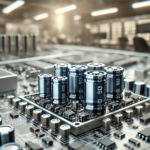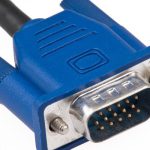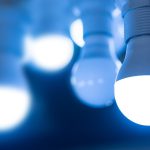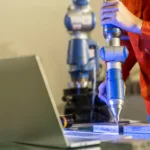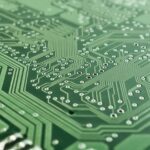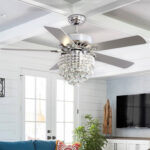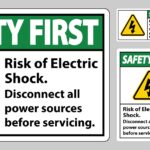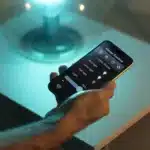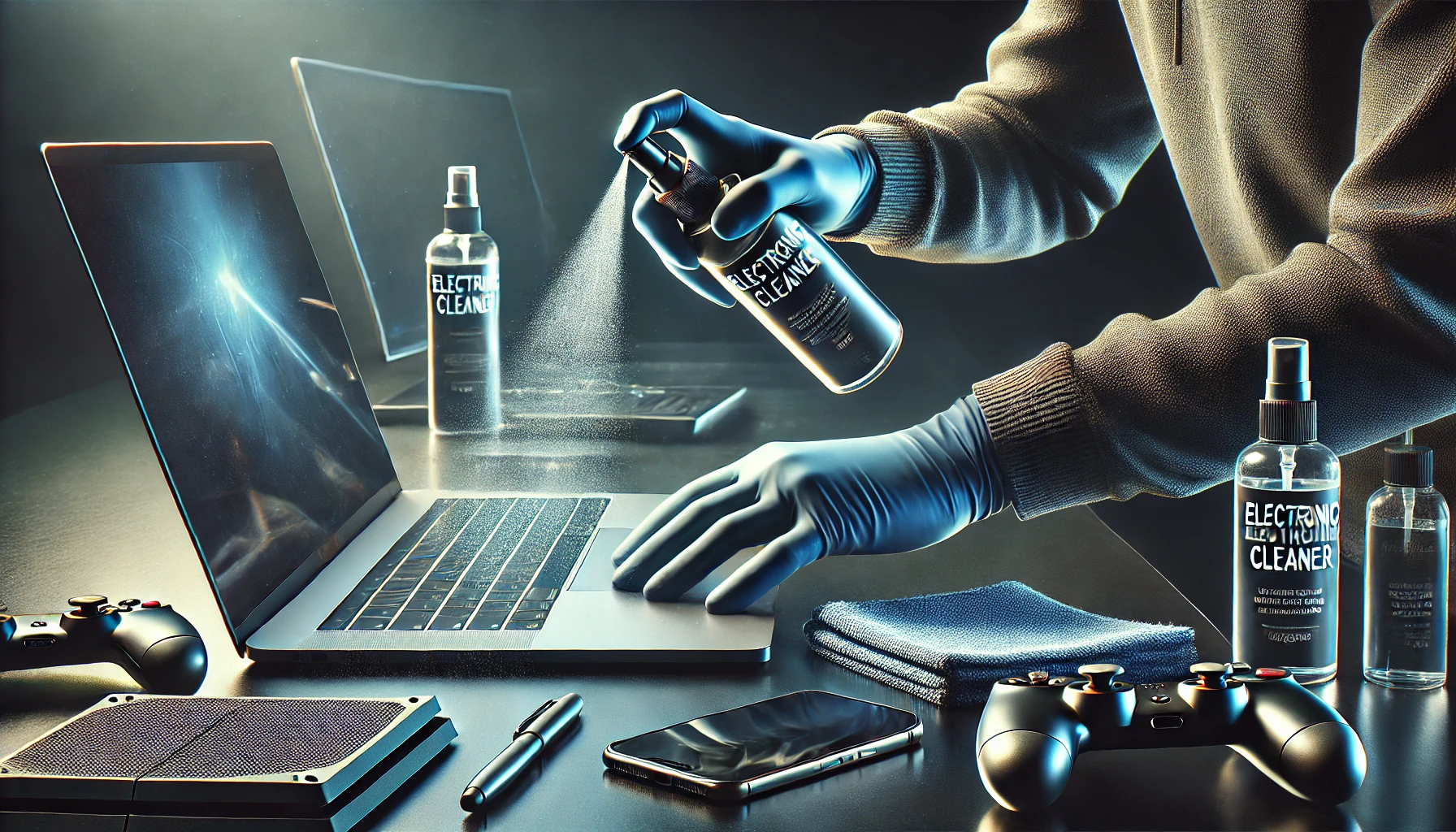
Introduction
In today’s tech-centric world, we revolve around different electronic devices to enhance our productivity and entertainment experiences. These electronic gadgets, with constant use, build up various contaminants in the form of dust, dirt, and grime, affecting their longevity and performance. Keeping these devices clean is crucial not only for their appearance but also for their longevity and functionality. This is where electronics cleaners come into play, ensuring devices remain clean, protected, and in optimal working condition. This article illustrates various types of electronics cleaners, their benefits, and best practices for maintaining your devices.
Understanding Electronics Cleaners
Electronic cleaners are specialised cleaning products (solvents) designed to remove dirt, dust, fingerprints, grime, and other contaminants from various electronic devices. They are formulated to protect sensitive components without causing significant damage. Electronic cleaners typically come in various forms, including sprays, liquids, wipes, and gels, suitable for cleaning multiple electronic equipment. Additionally, using these cleaners is essential to maintaining the optimal performance and longevity of electronic gadgets and providing a sparkling appearance, leaving no residues behind.
The Significance of Cleaning Electronics: Common Issues When Gadgets are Left Uncleaned
Using electronics-safe cleaning products helps extend the lifespan of the devices. They also prevent overheating, reduce the wear and tear of components, and maintain the aesthetic appeal of gadgets. Leaving electronics uncleaned can lead to several issues, such as:
- Overheating: Dust clogs vents and fans, preventing proper cooling, which can cause hardware failure.
- Connectivity Problems: Dirty ports may cause poor connections for charging or data transfer.
- Screen Degradation: Grime and oils can damage screens over time, making touch screens less responsive.
- Hygiene Risks: Unclean devices can spread germs, particularly for shared devices like tablets and laptops.
Cleaning electronics offers unparalleled benefits in terms of:
- Improved Functionality: Regular cleaning using electronics cleaning solvents ensures proper airflow and optimal device performance.
- Extended Lifespan: Dust buildup in internal components can cause overheating, leading to hardware failure. Electronics cleaners help prevent this by removing dirt before it becomes a problem.
- Enhanced Visual Appeal: Smudges, fingerprints, and grime can make screens and surfaces look dull. Electronics cleaners restore their original shine, giving them a new and polished appearance.
- Safe Cleaning: Specialised electronics cleaning products are formulated to clean sensitive components without causing damage, unlike regular household cleaners, which may be too harsh.
Most Standard Types of Electronics Cleaners: A Brief Look
Electronics cleaners are available in various types, each designed for specific purposes and devices. Knowing which one to use can make all the difference in keeping your electronics safe and clean. Some of the popular types include:
Screen Cleaners
As the name suggests, screen cleaners are specifically designed for cleaning screens on smartphones, tablets, laptops, and TVs. These cleaners come in sprays, wipes, or gels and are known for effectively removing smudges and fingerprints without leaving streaks. Most screen cleaners are alcohol-free to prevent damage to delicate coatings.
Compressed Air Dusters
Compressed air dusters blast away dust and debris and are ideal for cleaning keyboards, vents, and hard-to-reach areas. They are especially useful for removing particles from inside ports and fans, ensuring the devices remain cool and functional.
Contact Cleaners
Electrical contact cleaners are designed to clean electrical contacts in devices like remote controls, audio equipment, and circuit boards. A contact cleaner helps remove oxidation and corrosion, ensuring proper electrical connections and preventing malfunctions.
Electronics Cleaning with Isopropyl Alcohol
Cleaning electronics with isopropyl alcohol is a common and highly effective approach due to its ability to evaporate quickly without leaving residues. It’s beneficial for cleaning printed circuit boards (PCBs) and contacts.
Antistatic Wipes and Cloths
These clothing are essential for cleaning sensitive components like circuit boards and internal hardware. Antistatic cleaners prevent static electricity buildup, which can potentially damage electronic components.
Disinfectant Cleaners
With an increased focus on hygiene, disinfectant electronics cleaners have gained popularity. These solvents are formulated to kill germs and bacteria on devices without harming the components.
DIY Electronics Cleaners: What Works and What Doesn’t
Many people resort to DIY electronics cleaners using household products. Some solutions can work well, while others may damage your devices. DIY cleaners should always be tested on a small, inconspicuous area before full application. Consider the following effective and ineffective cleaning methods:
What Works Well?
A diluted mixture of distilled water and isopropyl alcohol (70%) is safe for most screens. For effective and safe cleaning, consider using cotton swabs, contact cleaners, and compressed air.
What to Avoid?
Household cleaners, such as window sprays, water, vinegar, abrasive materials, and bleach, can harm screens and plastic components. They can also scratch sensitive surfaces and cause short circuits.
Final Thoughts: A Sparkling Finish
Proper care of your electronics with the right electronics cleaner is key to extending the life and functionality of your devices. By following best practices and using safe products, your gadgets will not only function better but also look as good as new every time. Remember, a little preventive maintenance and measures can go a long way in ensuring that your electronics continue to serve you well for years to come.






